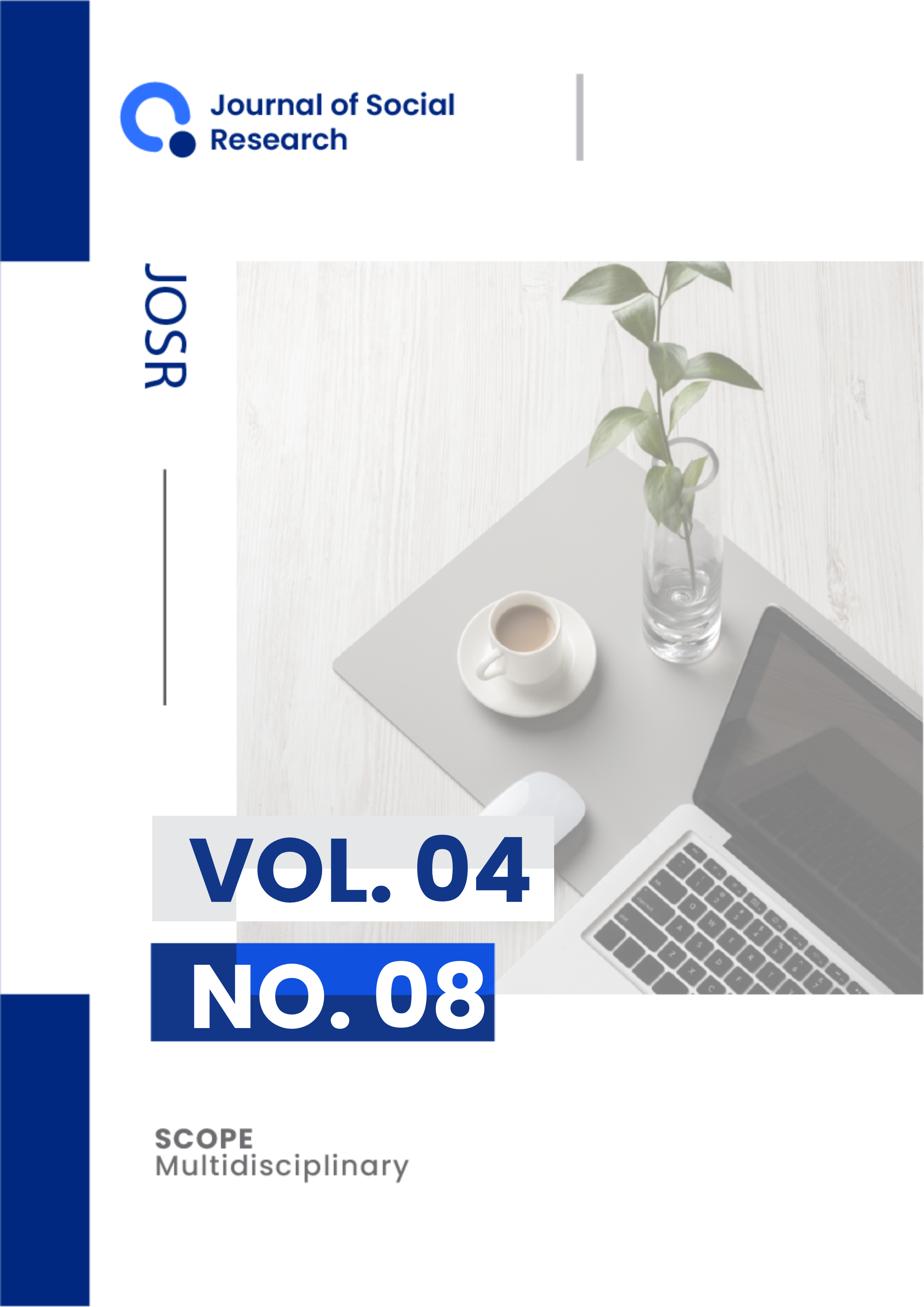Amiodarone, Extreme AV Block and Pseudo-Pacemaker Syndrome: A Malady Caused By A Cure
DOI:
https://doi.org/10.55324/josr.v4i7.2691Keywords:
Amiodarone, Pseudo-Pacemaker Syndrome, Atrioventricular Conduction DelayAbstract
Amiodarone is a potent antiarrhythmic that is used to treat supraventricular tachycardia (SVT). However, its substantial impact on atrioventricular (AV) nodal conduction can obscure or exacerbate underlying delays, resulting in rare conditions such as pseudo-pacemaker syndrome (PPMS). This syndrome is the result of an extreme prolongation of the PR interval, which results in AV dyssynchrony and hemodynamic compromise in the absence of an implanted device. A 25-year-old male presented with SVT, which was further complicated by hypokalemia. The case revealed a pre-existing AV nodal conduction delay. Therefore, we present the case. The patient transitioned to sinus rhythm after receiving amiodarone; however, they experienced a persistent and severe PR interval prolongation that exceeded 400 ms. The symptoms of vertigo and palpitations, which were consistent with PPMS, were induced by this severe conduction block and persisted for more than ten days, a reflection of the long half-life of amiodarone. This case concludes that amiodarone can dangerously exacerbate latent AV nodal disease in young adults, underscoring the necessity of recognizing PPMS as a clinical consequence of iatrogenic PR prolongation and emphasizing the need for cautious use and monitoring of antiarrhythmic drugs in patients with any evidence of conduction abnormalities.
Downloads
Published
Issue
Section
License
Copyright (c) 2025 Khairuman Fitrah Ananda Mamasta, Agustina Sianturi, Abigail Christine Sarumpaet

This work is licensed under a Creative Commons Attribution-ShareAlike 4.0 International License.

This work is licensed under a Creative Commons Attribution-ShareAlike 4.0 International.
Authors who publish with this journal agree to the following terms:
- Authors retain copyright and grant the journal right of first publication with the work simultaneously licensed under a Creative Commons Attribution-ShareAlike 4.0 International (CC-BY-SA). that allows others to share the work with an acknowledgement of the work's authorship and initial publication in this journal.
- Authors are able to enter into separate, additional contractual arrangements for the non-exclusive distribution of the journal's published version of the work (e.g., post it to an institutional repository or publish it in a book), with an acknowledgement of its initial publication in this journal.
- Authors are permitted and encouraged to post their work online (e.g., in institutional repositories or on their website) prior to and during the submission process, as it can lead to productive exchanges, as well as earlier and greater citation of published work.








